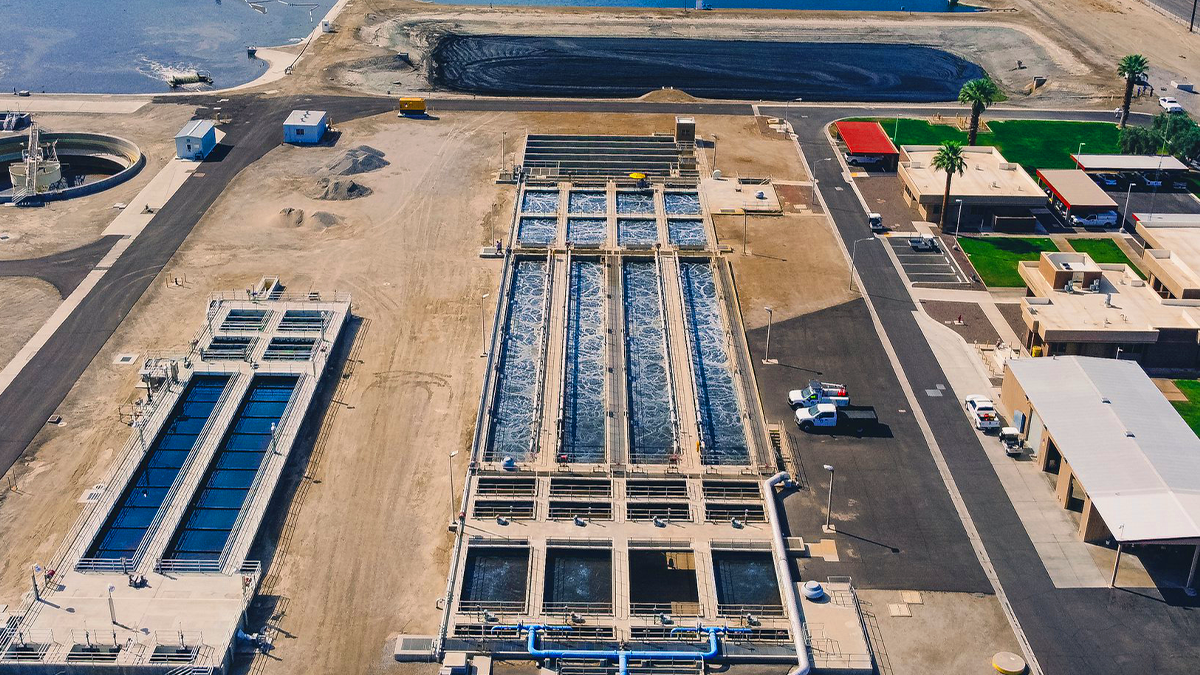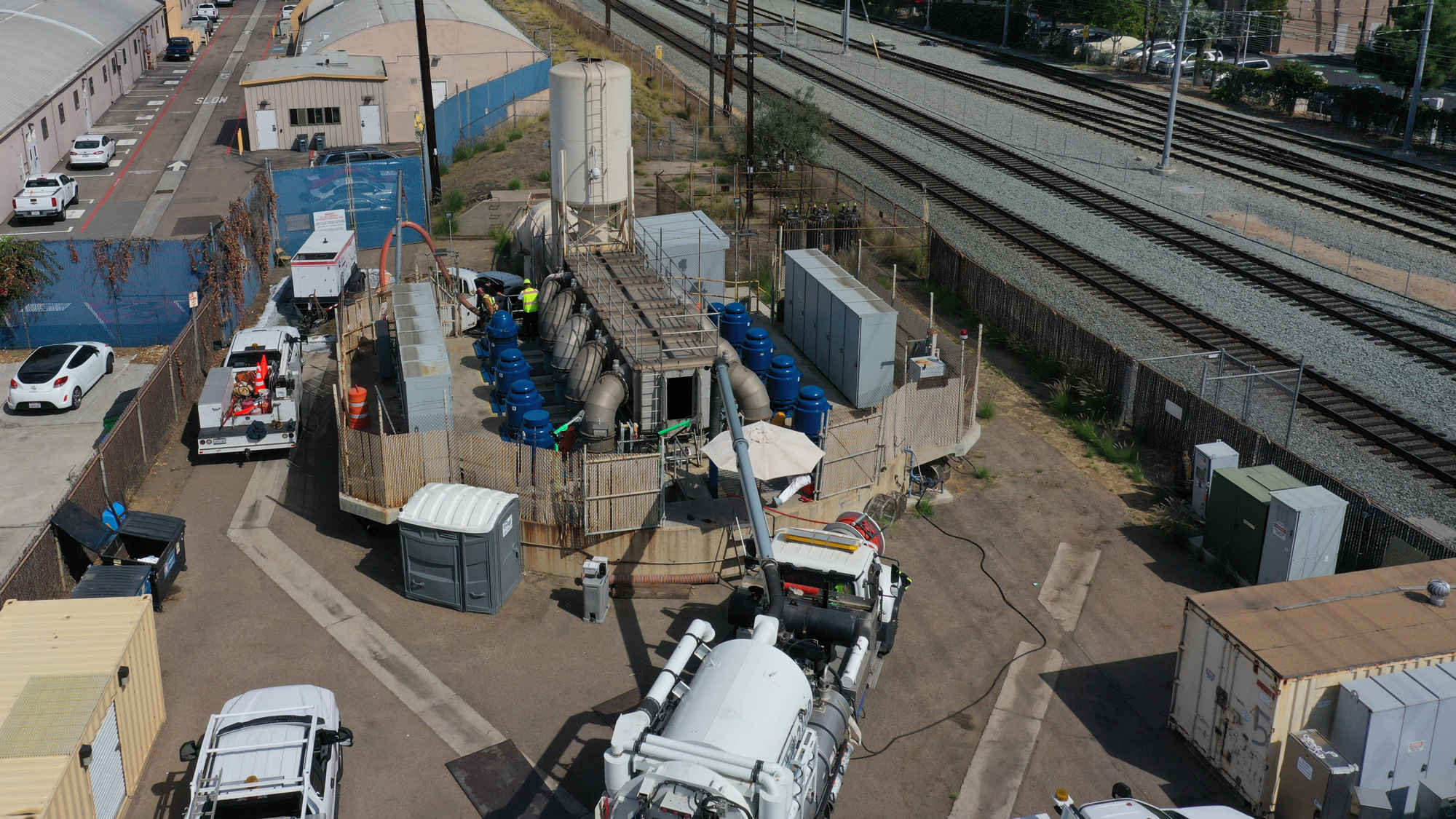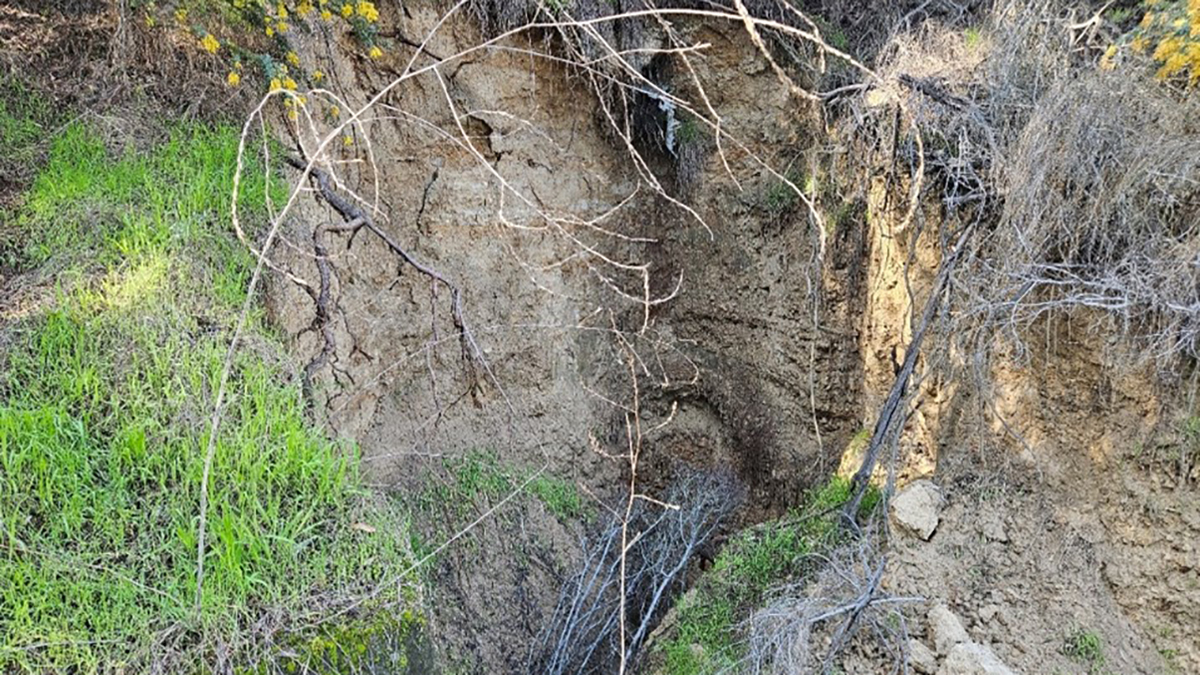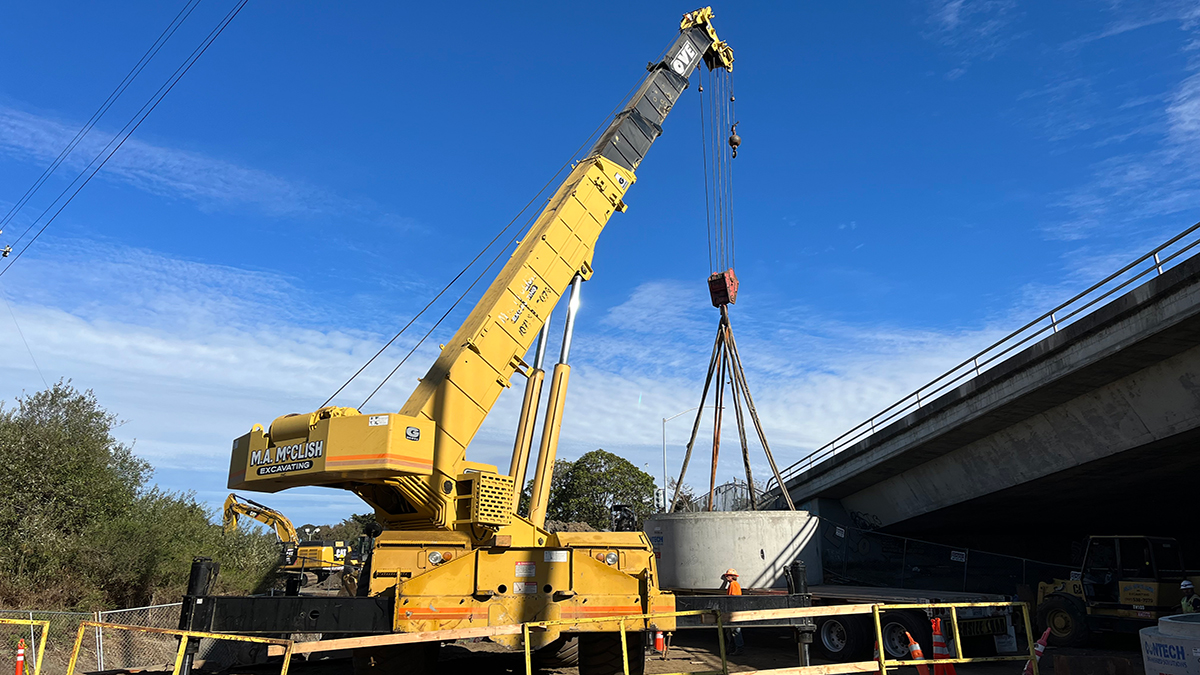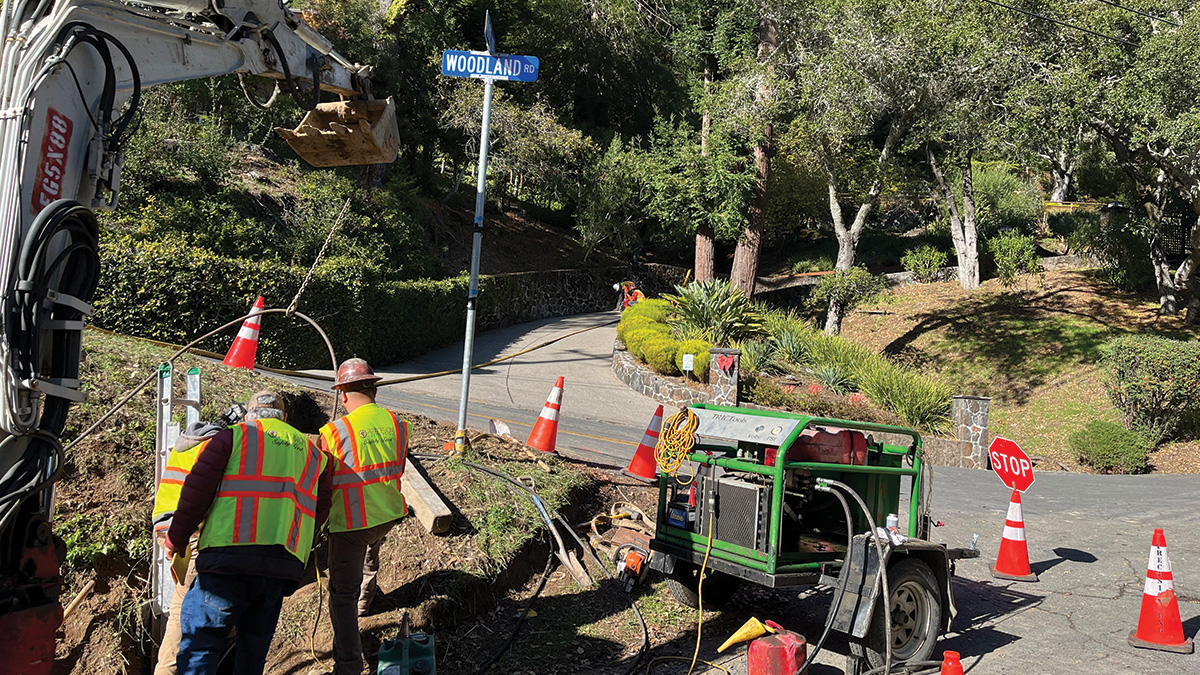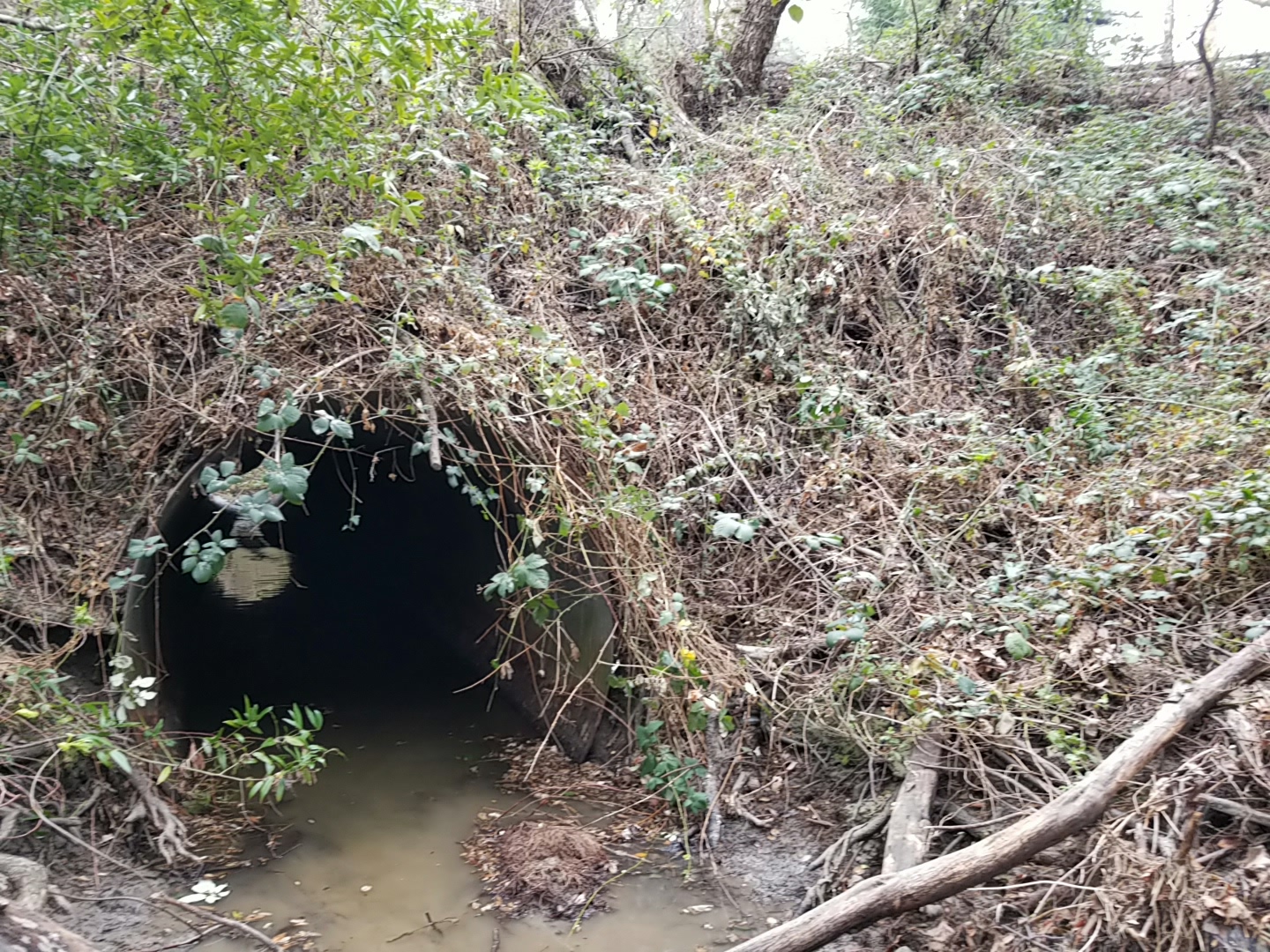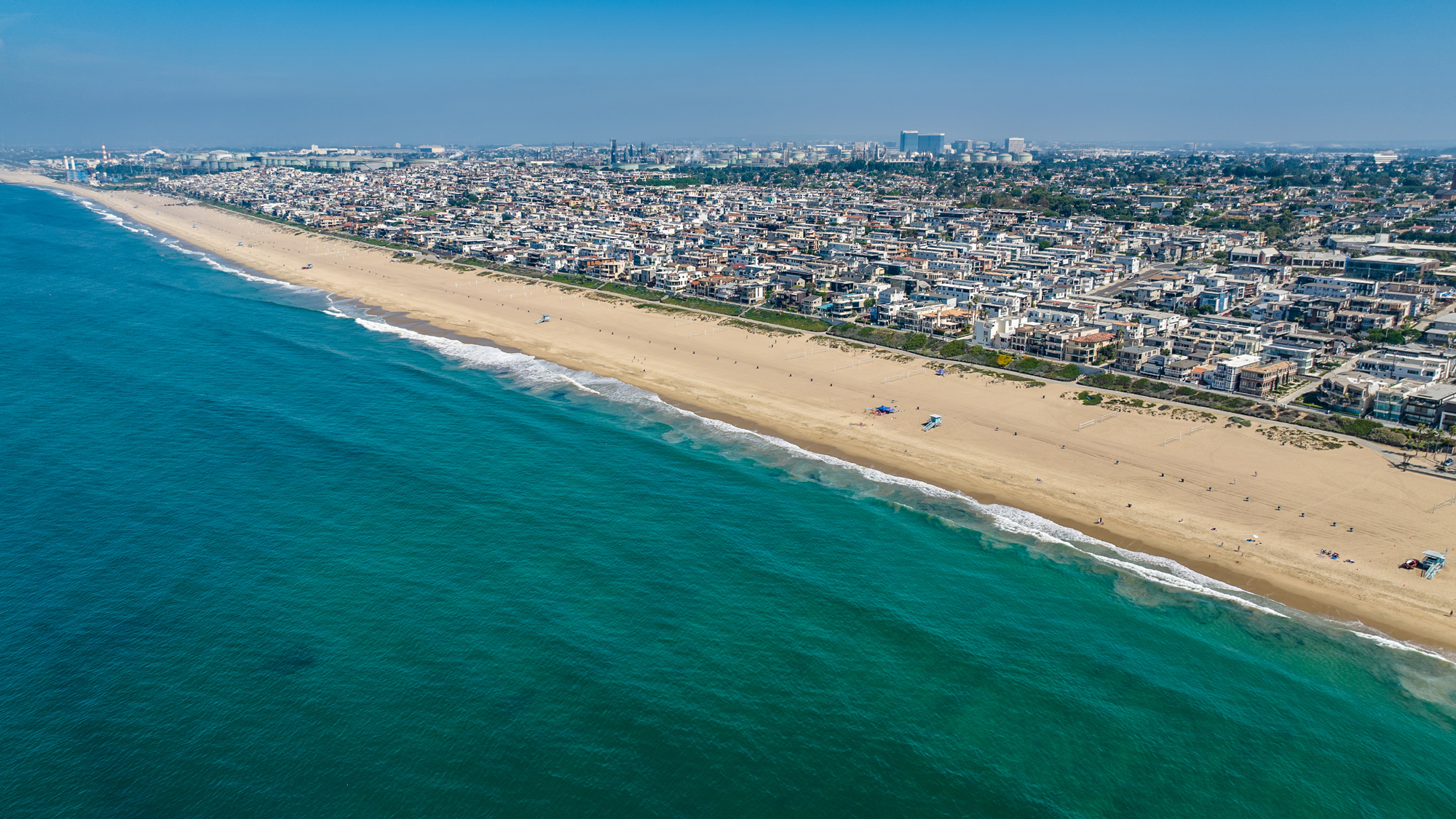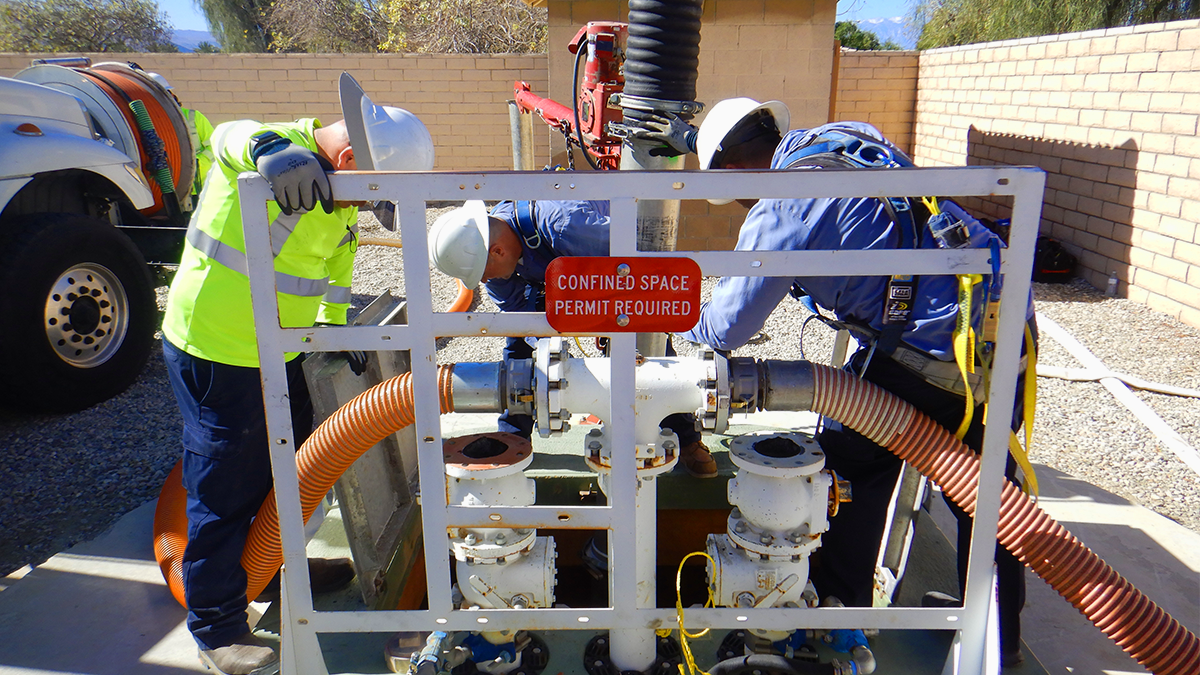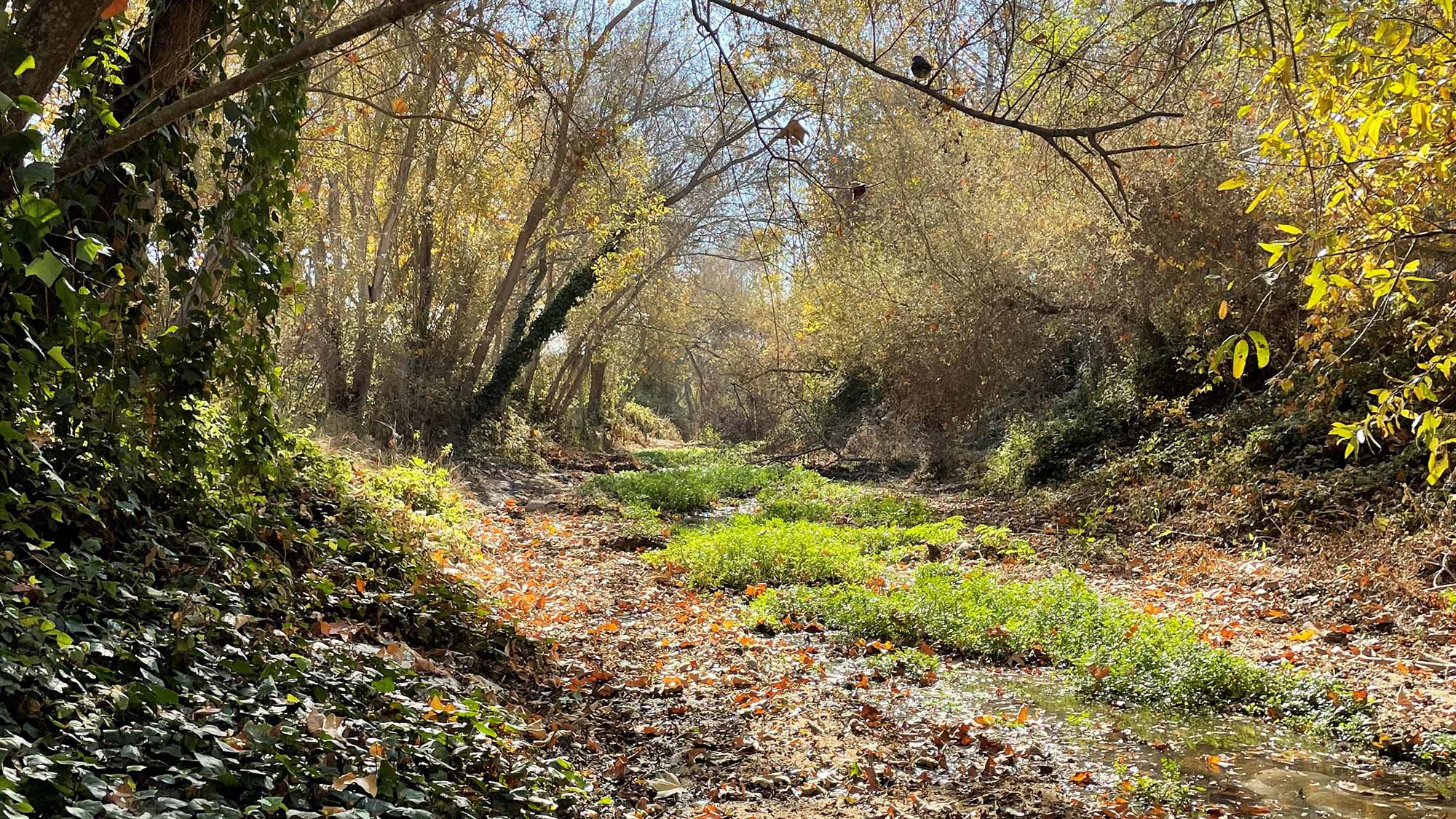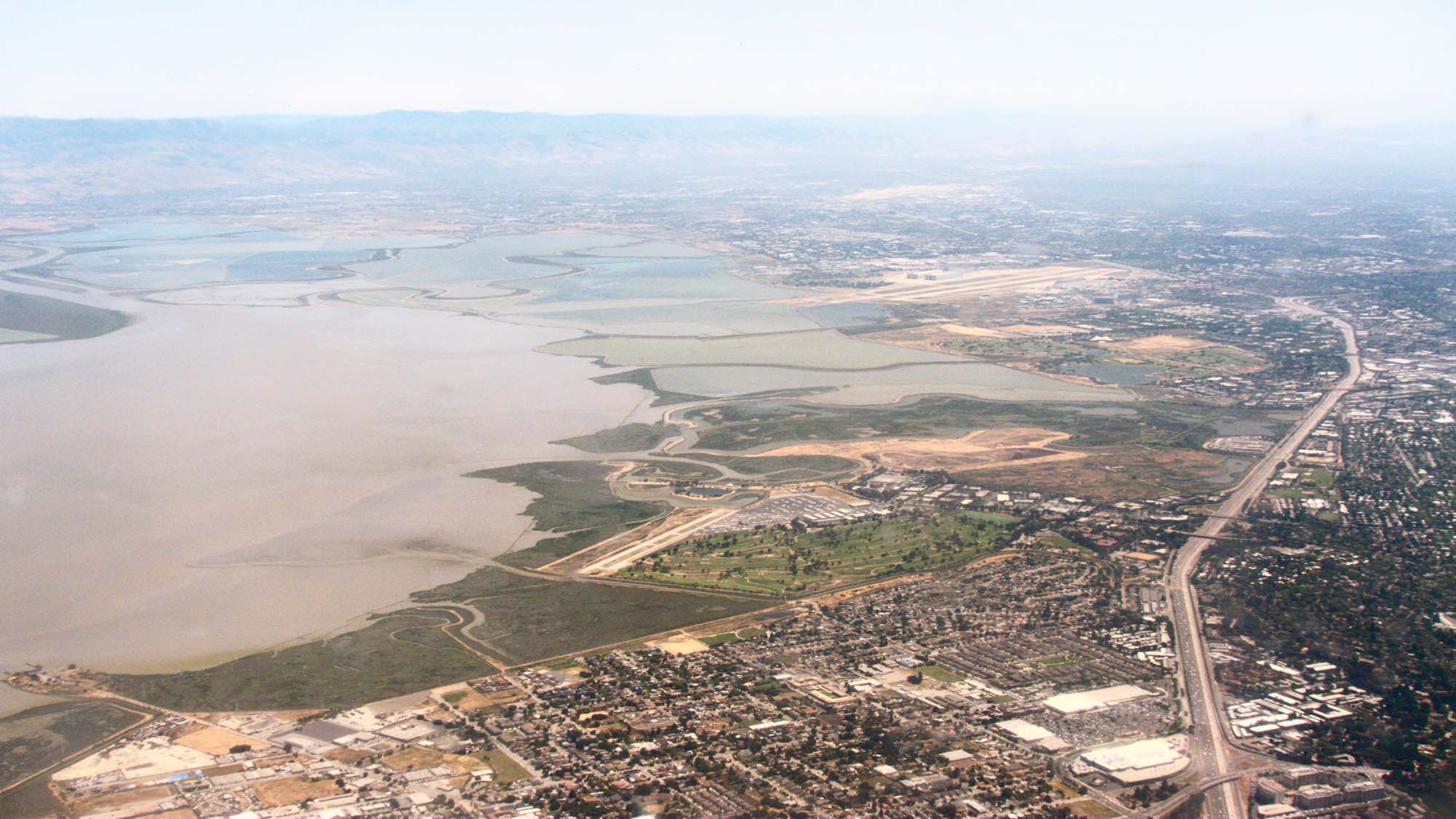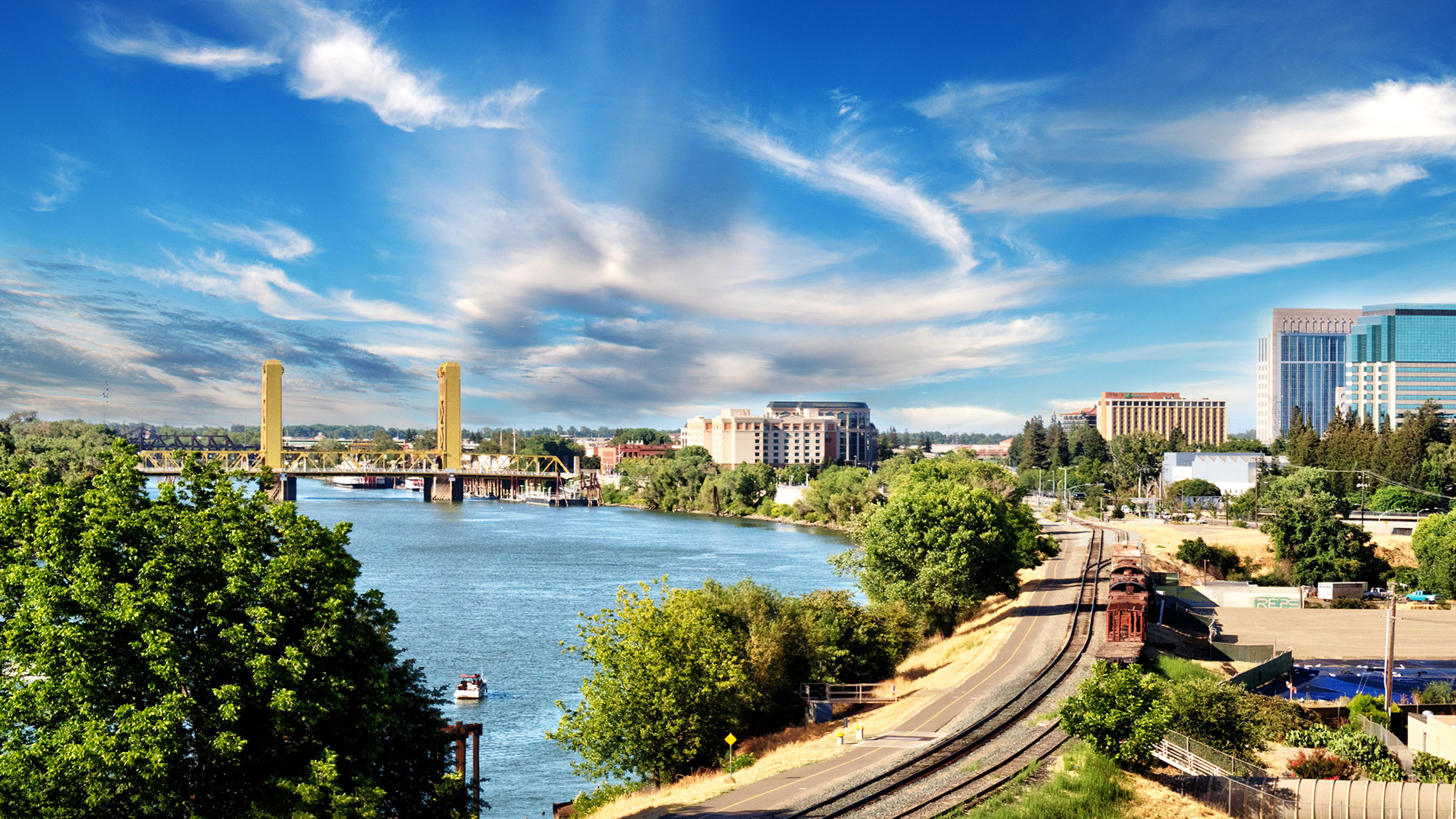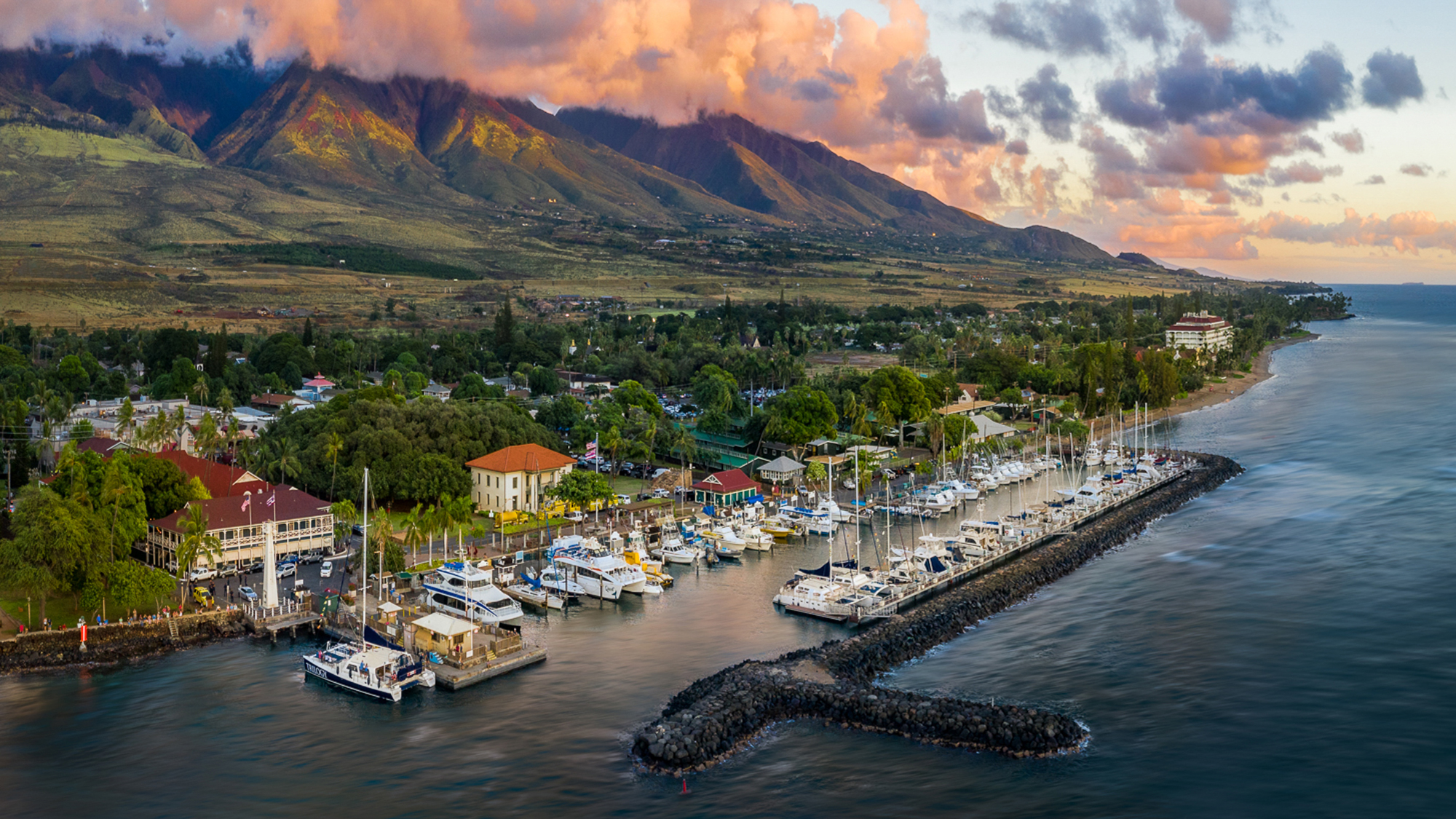2016
San Diego is world famous for its 70 miles of gorgeous coastline—a favorite destination of residents and visitors alike. For the City to keep the water and beaches clean, it must prevent untreated storm water from entering the Municipal Separate Storm Sewer System (MS4). But accomplishing this goal proved increasingly difficult with inadequate or non-existent storm water facilities at nine city-owned sites.
Officials set out to design facilities using best management practices (BMPs) so that cleaner water would enter and exit the MS4 during 85th percentile storm events. As part of the City of San Diego’s Design-Build Program or Multiple Award Construction Contract (MACC), Harris and Associates provided civil engineering services to the prime contractor Orion Construction. To meet the City’s tight, immovable deadline, the project employed six overlapping phases (three design, three construction), which required seamless communication and coordination from all parties.
Working collaboratively from start-up to close-out, the Harris team ensured a smooth process for sites that spanned the entirety of San Diego’s city limits from north of State Route 56 all the way to the Mexican border.
Core Elements
Harris focused on preserving open spaces when designing the nine BMP facilities. Most of the designs incorporated natural storm water filtration methods such as:
- Bio‐retention basins
- Vegetated swales
- Detention ponds
- Tree Pod filtration devices in areas of existing natural landscape
At the Memorial Skate Park site, where a vegetated solution was not feasible and safety was critical, Harris designed a subterranean concrete vault for complete infiltration of the design capture volume. To help the operations and maintenance staff maintain the facility, Harris worked with the City to add a walking plate above the granular filters that allows staff to enter the vault safely and clear out debris.
Harris addressed other emerging issues during the project. For instance, the Cesar Chavez Community Center site required hydromodification management mitigation retroactively. The drainage management area was substantially larger than anticipated, meaning Harris had to design and construct higher volume BMPs within the project’s original footprint.
The Harris team also prepared Water Quality Technical Reports at each site to support the retrofit/redesigns that brought them into compliance with San Diego Water Quality Control Board Regulations from the 2013 Municipal Storm Water Permit.
Upon completion of the facilities, site-specific educational signs at key locations to educate the public about storm water pollution prevention and the importance of BMPs to our environment were installed.
Beyond the Blueprints
From the start, all parties knew the City was drafting a new Storm Water Standards BMP Manual. When the City finally adopted the manual two years later, the project’s construction was in full swing. The new manual meant that the approved low-impact design no longer conformed to storm water compliance requirements.
Thanks to Harris’ practical experience with current standards, the team was nimble enough to turn on a dime, supporting the prime contractor to develop and implement the changes as quickly as possible so the final product followed the new guidelines. The result: The newly constructed BMP facilities—delivered on time and within budget—were among the first to match the new manual.
Client
City of San Diego
Location
San Diego, CA
Markets
Water
Municipal
Public Works
Stormwater
Services
Categories
Award-Winning
